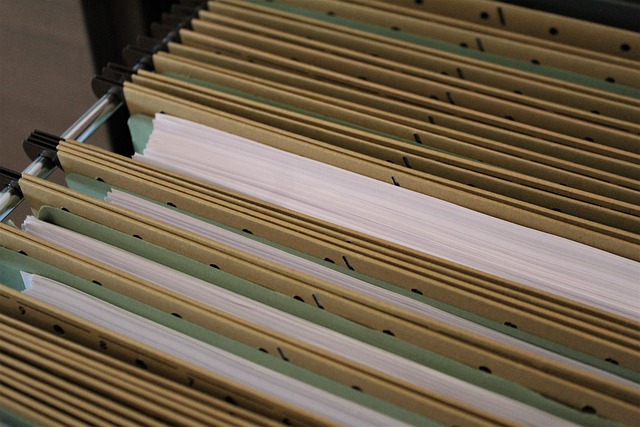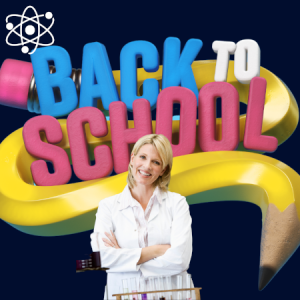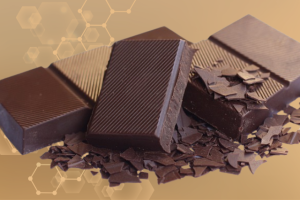Organizing Science Materials
You have the storage needed for your lab materials, right? If you are fortunate enough to have cabinets and/or a prep room, great. Or, you may have no storage cabinets built into your room. Regardless, you need a plan and means to store that valuable lab equipment.
Storage areas- got it, make it, or both
If you have storage cabinets, drawers, and/or a prep room, it is a matter of determining what goes where (and labeling them).
For those lacking cabinets or a storage room, make use of old bookshelves, filing cabinets, and totes. Be creative. With permission, you can attach wire racks/shelving to the walls. These racks will suffice to move much of your lighter materials off the floor.
Regardless, the key to organizing your science materials is to map out your storage. Think of the big picture and work toward the specifics.
Organizing within storage areas
Before you start placing equipment here and there, think. How and when will it be used? Give it some thought and you’ll soon see that storage falls into one of two categories: general-use and unit-specific. In the case of physical science, the equipment can be subdivided based on units related to physics or chemistry.
General use and key areas
Is your science curriculum divided into key areas? It will be helpful to group your equipment accordingly.
For instance, physical science is an overview of chemistry and physics. As such, you could store chemistry materials like glassware (test tubes, beakers…) and related items (stirring rods) together. For physics, items like hooked weights, balances, spring scales, and friction cars… can be stored in special areas. Then you can further divide those areas based on units of study.
You will always have equipment that is used often. These are general-use items. Keep these materials handy and accessible. In my classroom, I keep items like tennis balls, wooden blocks, cords, fishing lines, and toy cars…in a cabinet close at hand. They were not only useful in labs but also in demos.
Unit-specific
Give unit-specific materials their little corner of your science world. For example, things like batteries, wires, switches, snap circuit kits, bulbs, and other electrical circuit materials can be stored in drawers or totes and marked for use with the electrical circuit unit. Likewise, lenses, mirrors, prisms, spectroscopes, light ray boxes, and lasers… get their location. Etc, etc.
Chemical Storage
A final note on storage is storing chemicals. It is important to store chemicals properly. If the extent of your chemicals falls into the baking soda and vinegar categories, you needn’t be as concerned about following OSHA regulations or MSDS. Those are easily stored under sinks in plastic tubs. Don’t forget to make and attach labels for closed storage areas (cabinets, totes…) for easy access! There’s nothing like spending your valuable time hunting for an item because you forgot or neglected to put it back in its proper place.
Label it!
Once you have mapped out your organization plan and begun to place items where you want them, create labels and label containers for ease of access. Here is a link for labels.
General Guidelines in review:
1- Work from general to specific when creating an organization plan for lab equipment.
2-organize and store general-use materials separate from unit-specific materials.
3- Unless using open shelf/open-face storage, make labels and label each cabinet, shelf, drawer, tote, or container. This will give you ease of access and save you a lot of time. Truthfully, it helps to label open storage areas too. You’ll know where things go after using them.
4- Store chemicals separately.
More suggestions:
*Buy a science cart and use it. They are invaluable for moving materials around the classroom. It was one of the most useful purchases I made.
*In times past, label makers were the go-to for labels. Nowadays, it’s so much easier to print out custom labels and glue or tape them to your storage containers/areas. Again, here is the link for free labels.
*If you use chemicals other than simple household kinds, make sure you are familiar with their MSDS (materials safety data sheets) and store them correctly. All science supply stores supply them with orders.
Final Thoughts
Looking around the web, you will see a vast array of teacher websites with planning ideas. The majority are aimed at the elementary school classroom. As a middle school teacher (or even a high school teacher), you may find a few useful ideas here and there. Yet, for a science classroom, there will be even less.
Read more in Part 4 of Organization in the Science Classroom







